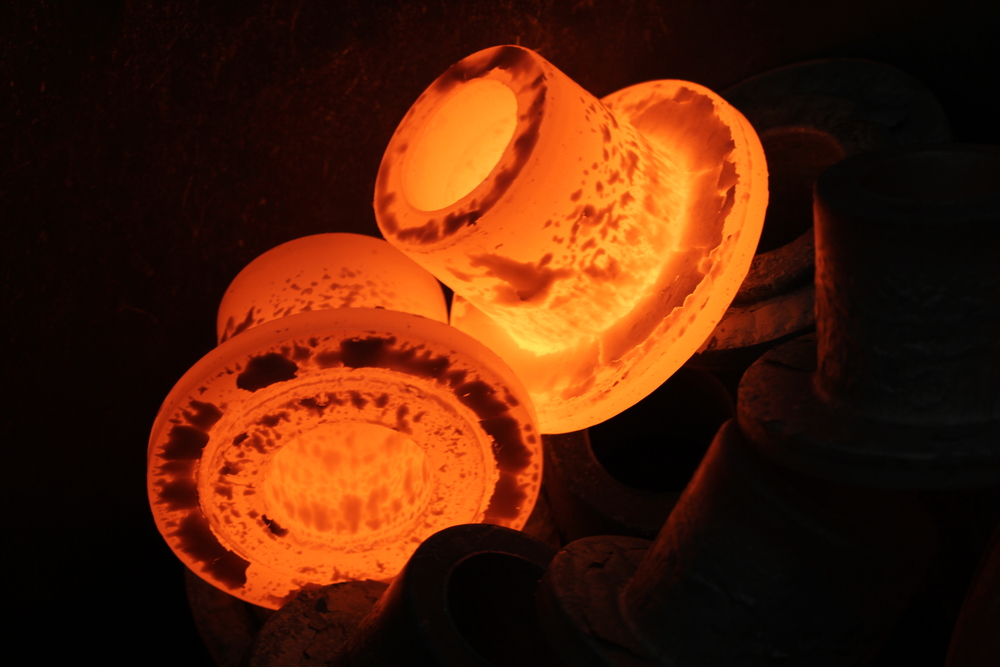
Metals are essential in countless industries, from aerospace to automotive, where durability and strength are paramount. Heat treatment techniques play a crucial role in enhancing these properties, ensuring metals can withstand harsh conditions and prolonged use. This blog explores some of the top heat treatment techniques used today, detailing their processes and benefits.
Understanding Heat Treatment
Heat treatment refers to a series of controlled heating and cooling processes applied to metals to alter their physical and mechanical properties without changing their shape. The primary goals include increasing hardness, improving toughness, and enhancing resistance to wear and corrosion. Different techniques achieve these goals through precise temperature control and specific cooling methods.
1. Annealing
Annealing is a heat treatment process that involves heating metal to a specific temperature and then cooling it slowly to relieve internal stresses and soften the material. This technique improves ductility and reduces hardness, making the metal easier to work with during subsequent manufacturing processes. Annealing also refines the grain structure of the metal, enhancing its overall uniformity and reducing the likelihood of internal defects.
2. Quenching
Quenching is a rapid cooling process used to increase hardness by introducing martensite, a hard crystalline structure, into the metal’s matrix. After heating the metal to a critical temperature, it is quickly submerged in a quenching medium such as water, oil, or air. This rapid cooling prevents the formation of softer phases, resulting in a hardened surface layer that enhances wear resistance while maintaining a tough core.
3. Tempering
Tempering follows quenching and involves reheating the hardened metal to a lower temperature and then cooling it again. This process reduces the brittleness introduced during quenching while maintaining or even improving hardness and strength. Tempering enhances toughness and ductility, making the metal less prone to cracking under impact or stress. The specific temperature and duration of tempering determine the final properties of the metal, balancing hardness and toughness according to the application requirements.
4. Case Hardening
Case hardening is a surface hardening technique that increases wear resistance while maintaining a ductile core. This method involves introducing carbon or nitrogen into the outer layer of the metal through diffusion, forming a hard and wear-resistant surface. Common methods include carburizing, where the metal is exposed to a carbon-rich environment, and nitriding, where nitrogen is diffused into the surface. Case hardening is advantageous for components subjected to abrasive wear, such as gears and bearings.
5. Normalizing
Normalizing is a heat treatment process similar to annealing but involves cooling the metal in still air. It refines the grain structure and reduces internal stresses, improving the uniformity of the material. Normalizing enhances both mechanical properties and machinability, making it suitable for components that require consistent strength and toughness throughout the material.
6. Solution Heat Treatment
Solution heat treatment is primarily used for alloys to dissolve solute atoms into a solid solution at high temperatures, followed by rapid cooling to prevent the formation of unwanted phases. This process improves the alloy’s strength and corrosion resistance, especially in materials like aluminum and titanium alloys used in aerospace applications. Precipitation hardening, a subsequent step, further enhances strength by allowing fine precipitates to form within the alloy matrix.
7. Stress Relieving
Stress relieving is a low-temperature heat treatment process performed after machining or forming to reduce residual stresses within the metal. By heating the metal to a specific temperature and holding it for a period, internal stresses are redistributed and minimized, preventing distortion or cracking during subsequent manufacturing processes or service life.
Advantages of Heat Treatment
Heat treatment offers several advantages that contribute to the overall durability and performance of metals:
- Improved Mechanical Properties: Enhances hardness, strength, toughness, and wear resistance.
- Dimensional Stability: Minimizes internal stresses and distortion.
- Versatility: Applicable to a wide range of metals and alloys.
- Cost-Effectiveness: Enhances material properties without requiring additional materials or processes.
Applications Across Industries
The benefits of heat treatment techniques extend across various industries:
- Automotive: Enhances durability of engine components, gears, and axles.
- Aerospace: Improves strength-to-weight ratio and corrosion resistance of structural components.
- Tooling: Increases hardness and wear resistance of cutting tools and dies.
- Construction: Strengthens structural steel for buildings and bridges.
- Medical: Improves biocompatibility and mechanical properties of implants and surgical instruments.
Conclusion
Heat treatment techniques are indispensable for enhancing the durability and performance of metals across diverse applications. From improving hardness and wear resistance through quenching and case hardening to enhancing toughness and ductility via annealing and tempering, each technique offers unique benefits tailored to specific material requirements. By understanding and applying these techniques effectively, industries can achieve superior metal performance, ensuring reliability and longevity in critical components and products.
Need Metal Tempering Services in Charlotte, NC?
Family owned and operated J.F. Heat Treating Inc, is a metal heat treating service company with more than 34 years of experience! Heat treatment is the controlled heating and cooling of metals to alter their physical and mechanical properties without changing the product shape. We specialize in the through hardening and carbonizing of various steel products in a metallurgical lab. It is our privilege to service and work with the manufacturing and fabrication industries to give the best product service available! Our heat treating services include annealing, aging, quenching and tempering to soften, harden, stress relieve, remove contaminants or provide other material characteristics to parts and components. Contact us today to learn more about what we can do for you!
